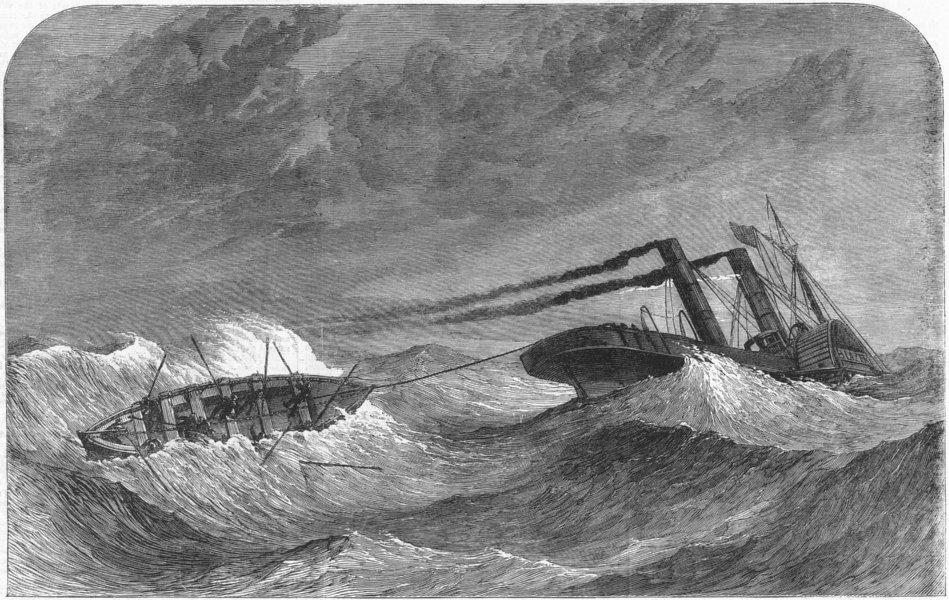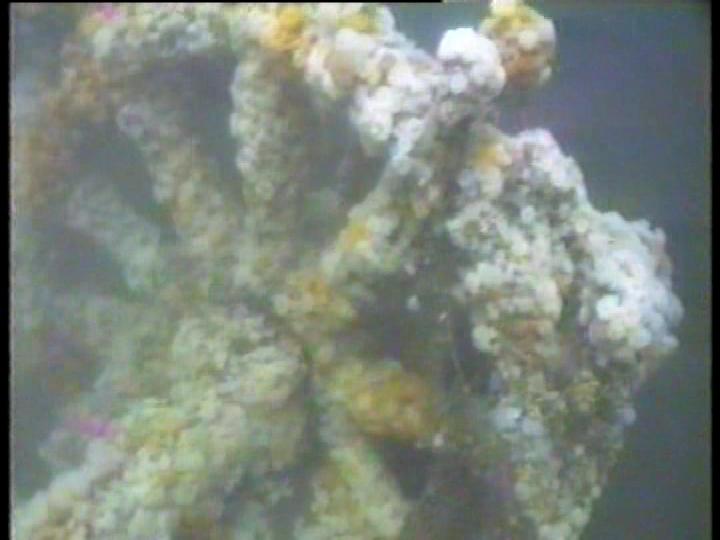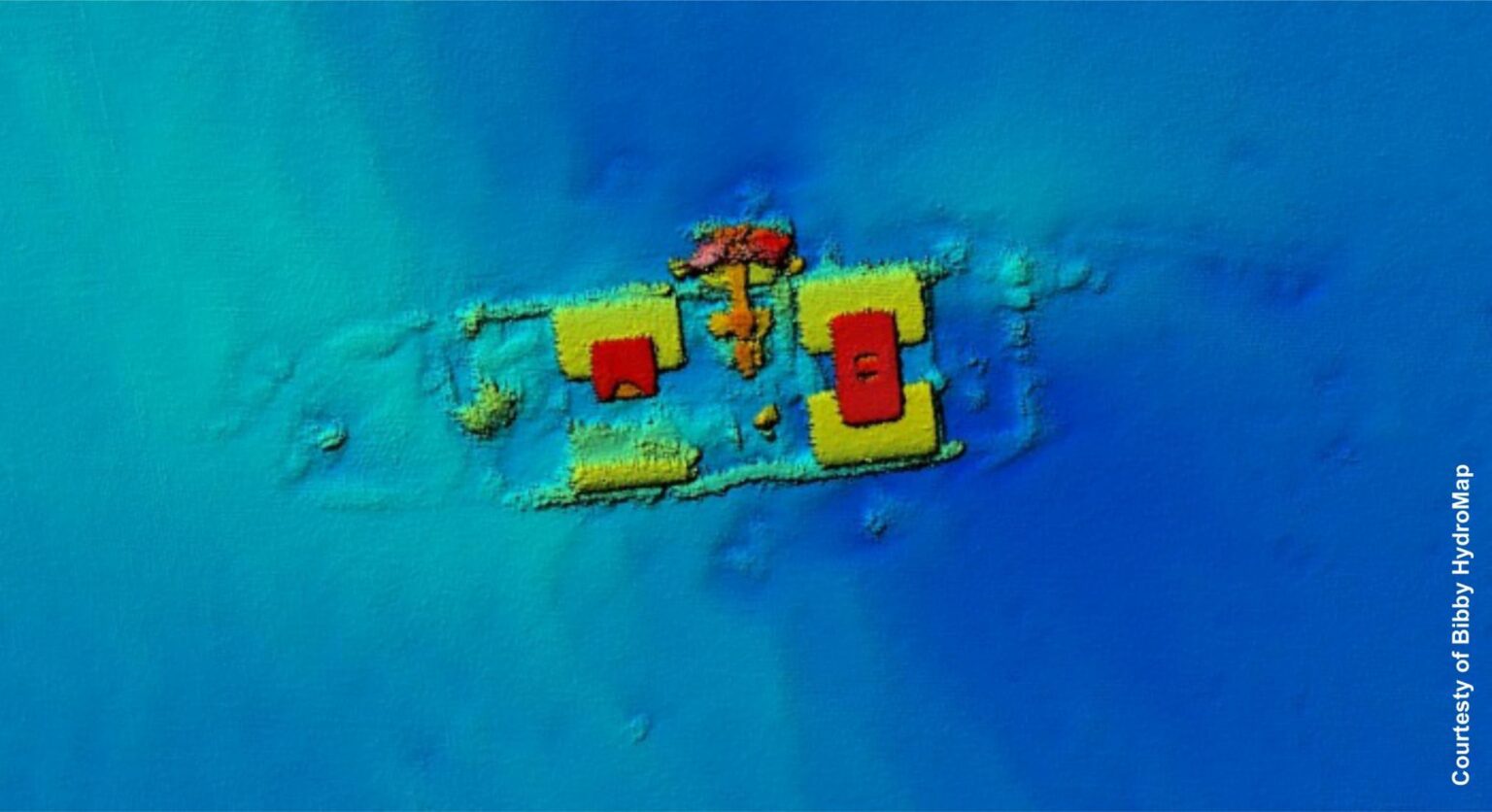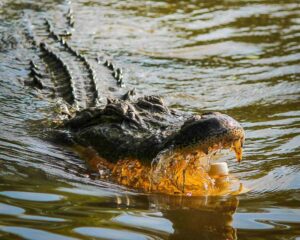The wreck of a 19th century paddle steamer, which was on its maiden voyage to run guns and supplies for the Confederate Forces of the American Civil War, has been granted protection by the Department for Digital, Culture, Media and Sport on the advice of Historic England. The Lelia has been scheduled and has been added to the National Heritage List for England.
The paddle steamer Lelia lies in Liverpool Bay and is one of the most historically-significant wrecks in the North West. Built in Liverpool late in the American Civil War (1861-1865), it was a technically advanced, purpose-built blockade runner secretly ordered on behalf of the Confederate Government. Leaving Liverpool for Bermuda on its maiden voyage on 14 January 1865, the Lelia foundered in Liverpool Bay in stormy weather with the loss of 47 lives.

The wreck was identified when a bell marked ‘Lelia 1864’ was discovered by a local diver. In 2017, Historic England commissioned an assessment of the paddle steamer, as part of a larger project to carry out a national overview of vessels with early iron and composite hulls.
The Lelia was built in Millers shipyard in Toxteth in Liverpool. Millers was one of a number of Liverpool shipbuilders experimenting with the early use of steel as a steel ship was lighter than an iron vessel of the same size. It allowed larger cargo space and greater speed, which were highly desirable characteristics for blockade runners.
At the beginning of the American Civil War, the Confederacy lacked the manufacturing capacity to compete with the more-industrialised northern Union so it relied on importing war supplies, including guns and ammunition, to sustain its war effort. The Confederates also acquired fast steamships, which were mainly paddle steamers from British and other shipbuilders. They were intended to breach the naval blockade of the main Confederate ports imposed by the Union in 1861 in an attempt to strangle the southern war effort. They hoped a combination of speed and stealth would help them to break the blockade, enabling them to carry cotton and tobacco out to Europe and war supplies back in.
Rebecca Pow, Heritage Minister, said: “Protecting sites like the wreck of the paddle steamer Lelia helps us to preserve an important story about Britain’s role in the American Civil War. Although the conflict happened over 100 years ago, it is right that we ensure the protection of this site so we can learn more about one of the most-significant shipwrecks off the coast of North West England and broaden our knowledge about our nation's seafaring history.”

Duncan Wilson, Chief Executive of Historic England, said: “The Lelia is one of a small group of British ships involved in British complicity in running guns and munitions to the Confederates. Though the UK remained officially neutral throughout the American Civil War, the Lelia comprises evidence of the British financing of blockade runners that sent munitions and luxuries to Confederate ports in return for cotton and tobacco. As such it is very significant as historical evidence.”
The partially-buried remains of the paddle steamer in Liverpool Bay includes one of the paddle wheels, the engine and boiler rooms, less well-preserved cargo areas and a steam winch which is not in situ. The deck and all structures that were on it haven’t survived but as much as 1.9 metres of hull remains buried in the seabed offering the potential for preserved cargo comprising British-manufactured munitions and machinery.
Photo credit: Bibby Hydromap and Wessex Archaeology © Crown Copyright








